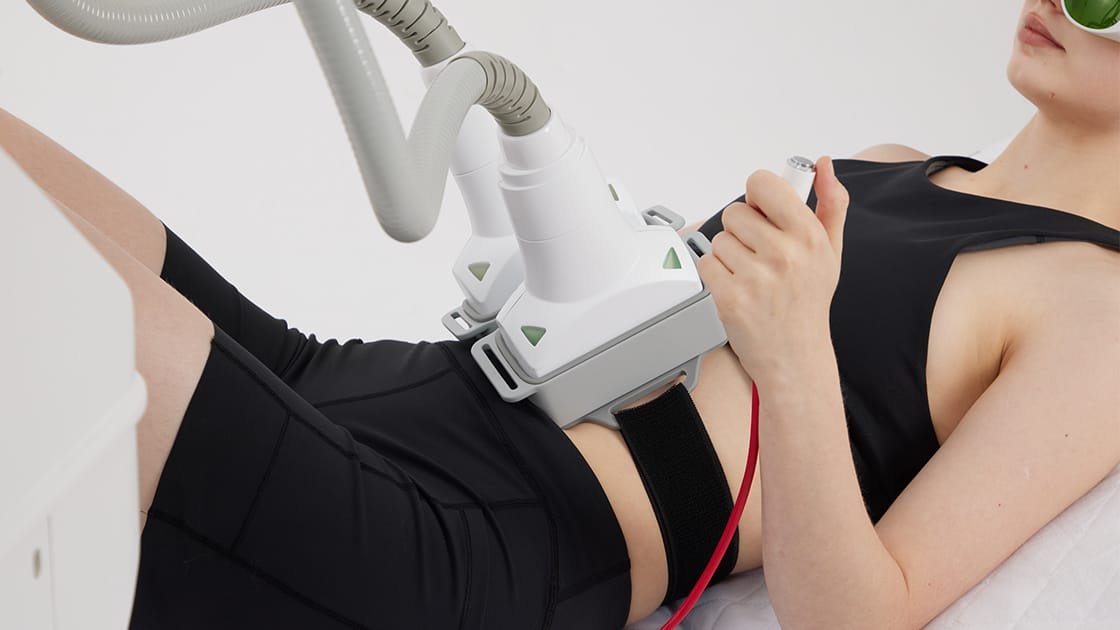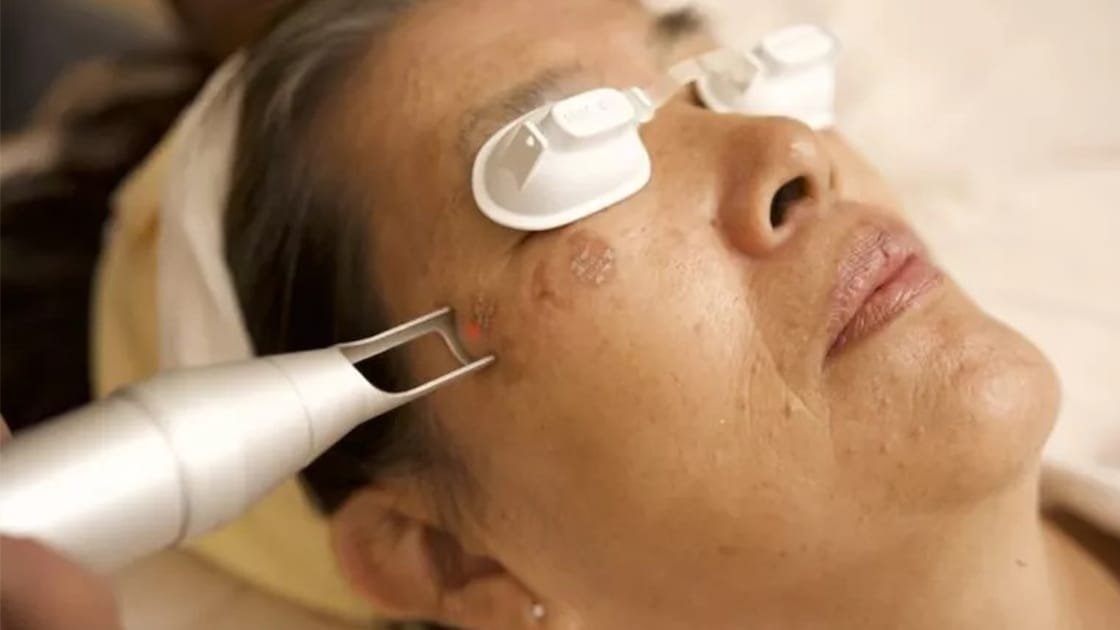Introduction to Pico Laser Treatment
Pico laser technology has become a forefront solution in dermatological treatments, addressing issues like pigmentation and tattoo removal with precision and efficiency. This advanced treatment not only broadens a clinic’s service range but also elevates its status as a premium provider, justifying higher service charges and attracting a diverse clientele. The technology’s versatility offers tailored treatments for various skin concerns, increasing cross-selling opportunities and driving revenue growth. Understanding the side effects of pico laser is also crucial for both patients and practitioners to ensure safety and satisfaction.
The mechanism of action of pico laser involves the use of ultra-short pulses and the photoacoustic effect. The laser emits picosecond pulses, generating rapid energy bursts that create intense pressure waves targeting pigments and breaking them into smaller fragments. These fragments are then more easily eliminated by the body’s immune system. Concurrently, the laser’s energy stimulates collagen and elastin production, fostering skin rejuvenation. This dual action reduces pigmentation, removes tattoos, refines texture, and diminishes wrinkles, all while minimizing heat buildup to enhance safety and reduce downtime.
Common Side Effects of Pico Laser Treatment
Following pico laser treatments, patients commonly experience transient side effects such as redness, swelling, and mild discomfort at the treatment site. These reactions are typically mild and can be managed with over-the-counter anti-inflammatory medications and cold compresses. Some patients may also notice temporary pigment changes, which usually resolve on their own within a few weeks. It’s important to communicate with the practitioner about any concerns that arise, as they can provide guidance on managing these side effects.
Rare but Serious Side Effects
While infrequent, serious side effects can include hyperpigmentation or hypopigmentation, infection, and scarring. Patients should be vigilant for signs of infection, such as increased redness, swelling, or pus, and seek medical attention promptly if these occur. Hyperpigmentation can often be managed with topical treatments or further laser sessions, while hypopigmentation may require more advanced interventions. The risk of these serious side effects can be mitigated by following the practitioner’s pre- and post-treatment care instructions.
Long-Term Effects and Considerations
Long-term, pico laser treatments aim to stimulate collagen and elastin production, effectively addressing acne scars and wrinkles. The treatments are well-tolerated and prioritize patient comfort. However, long-term effects can vary, and it’s essential to maintain a dialogue with the practitioner for ongoing assessments. Regular follow-ups help monitor the treatment’s success and address any emerging concerns. The revolutionary photoacoustic effect harnesses ultra-short laser pulses to create rapid energy bursts, gently shattering pigments and promoting collagen, which can lead to improved skin tone and diminished wrinkles.
Preventing and Minimizing Side Effects
To minimize side effects, it’s crucial to choose a qualified practitioner and follow pre- and post-treatment instructions carefully. Pre-treatment, this may involve avoiding sun exposure and certain skincare products that could increase sensitivity or cause adverse reactions. Post-treatment, a gentle skincare routine and sun protection are crucial to aid healing and prevent complications. Patients should also avoid activities that could cause friction or irritation to the treated area, such as rigorous exercise or wearing tight clothing. Additionally, maintaining a healthy lifestyle and diet can support the skin’s natural healing process and enhance the outcomes of Pico Laser treatments.
Conclusion
Understanding pico laser side effects is key to a safe, satisfying patient experience. Following a practitioner’s advice on pre- and post-treatment care can minimize side effects and maximize treatment benefits. As this technology advances, it promises more skin rejuvenation and aesthetic options.








